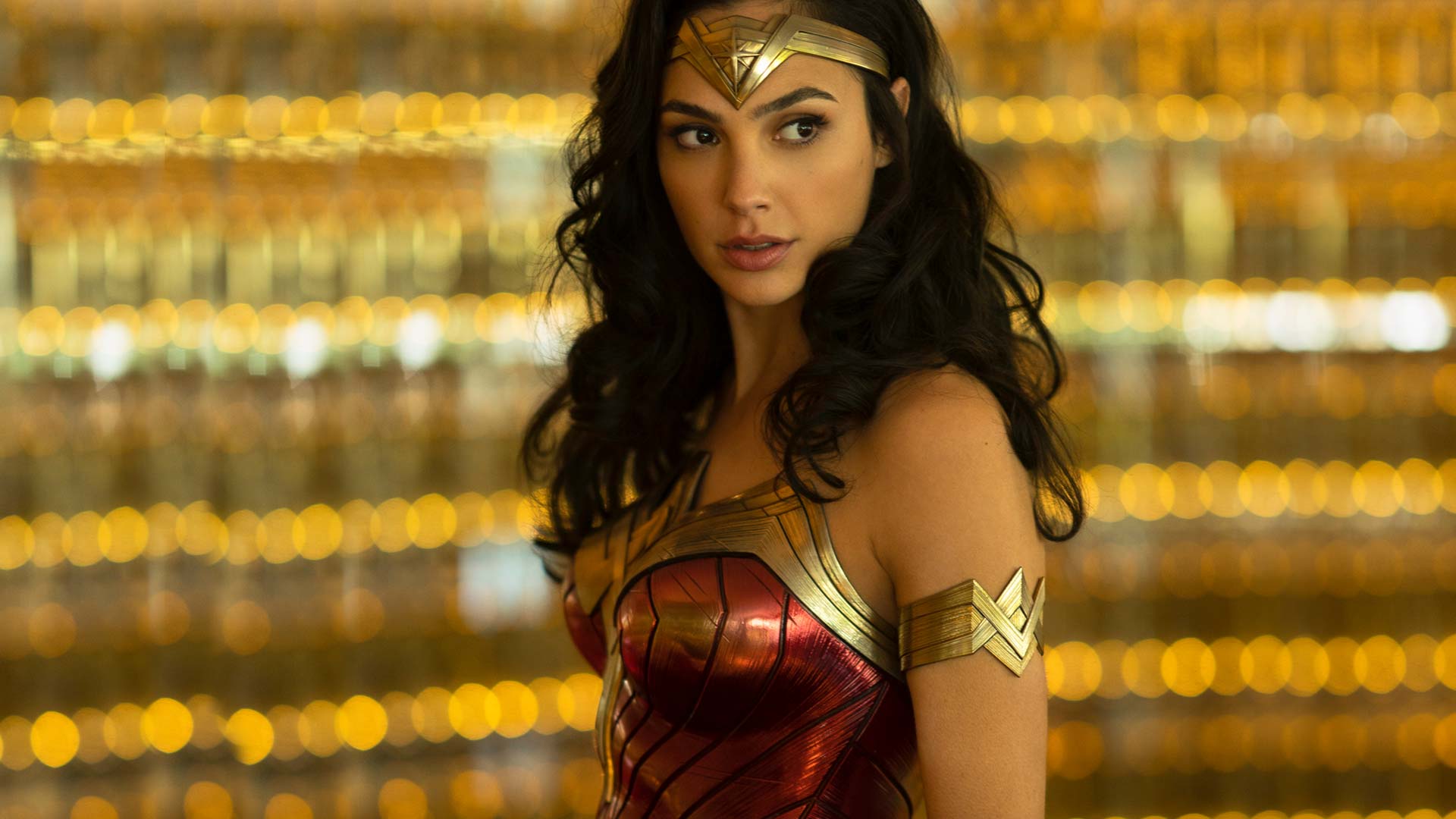
After all the banana-saturated photos from the Art Basel in Miami Beach fair have left many of us searching for a definition of what constitutes art, sage advice comes from a surprising source: the freshly released first trailer for Wonder Woman 1984 (hitting theaters in summer 2020).
“It’s all art,” Wonder Woman alter-ego Diana Prince (Gal Gadot) remarks as she and love interest Steve Trevor (Chris Pine) walk past a period-appropriate group of break dancers in Washington D.C.’s Hirshhorn Museum and Sculpture Garden, pausing in front of Roy Lichtenstein’s massive aluminum sculpture of a brushstroke. Trevor, apparently dazed by the sights around him, stares in awe at a nearby garbage can, evidently believing that it is part of the installation.
“That’s just a trash can,” she tells him helpfully, noticing the confusion.
“It’s just a trash can!” he repeats with relief, happy to have not let a highbrow sculpture breakdance right over his head.
As Trevor wrestles with whether he’s seeing art or garbage, diehard DC Comics fans are wondering why he appears in the Wonder Woman sequel at all, given that he died at the end of the first film (he’s a World War I-era soldier, which probably explains why he is so dazed by the modern world here).
Meanwhile, art historians like CUNY Graduate Center professor Michael Lobel quickly pointed out that this Lichtenstein sculpture—only installed at the Hirshhorn in 2003, and fabricated in the 1990s—appears in a film set in 1984.
The art-historical inaccuracy surely wouldn’t have slipped past Diana Prince, who was a Louvre curator (albeit one specializing in ancient Greek and Roman weaponry) in the previous Wonder Woman film. Or maybe the temptation of including Lichtenstein, a Pop artist artist who famously drew inspiration from comic strips, was just too great for the DC Comics franchise to ignore.